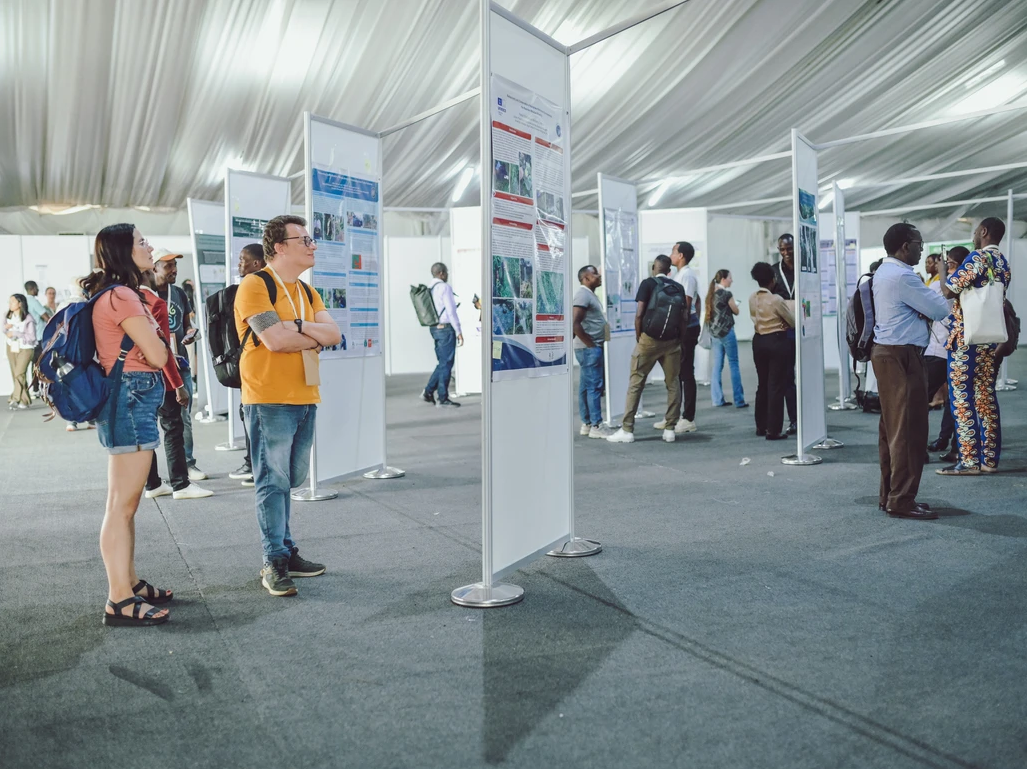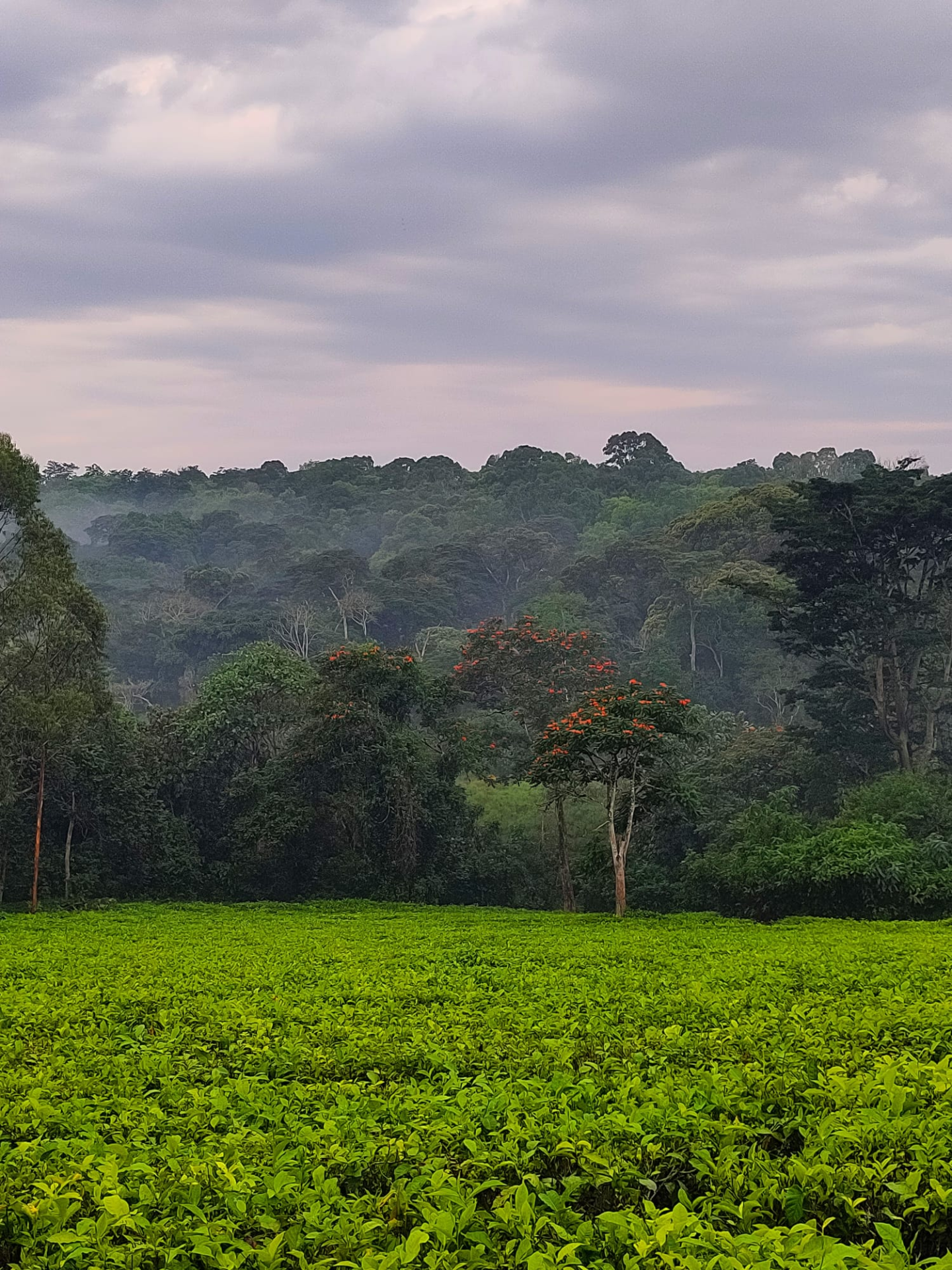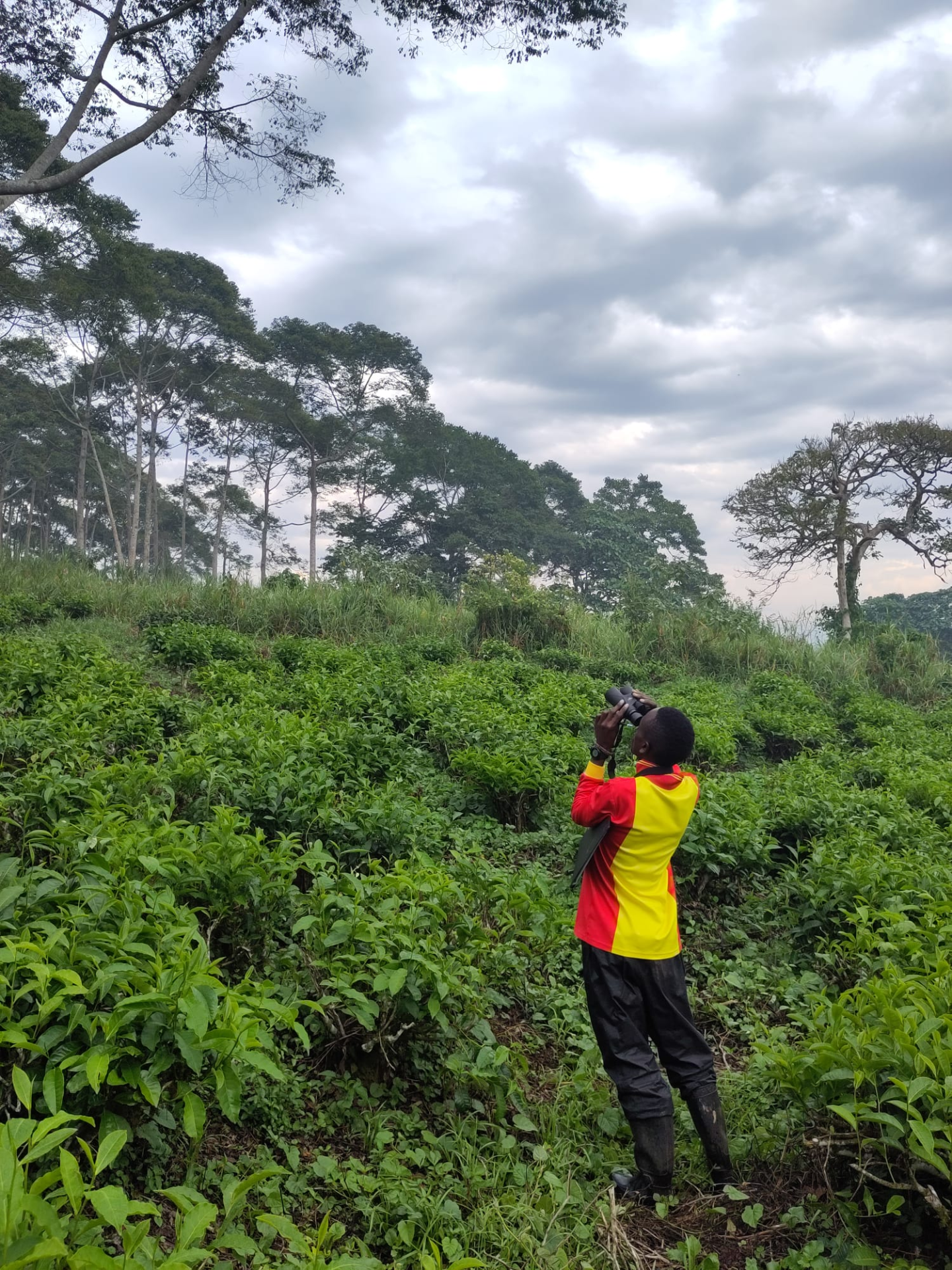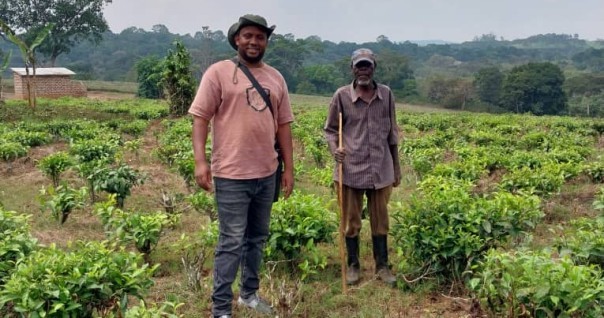

Participation in the 60th conference of the Association for Tropical Biodiversity Conservation (ATBC 2024)
Claire AUGER, our CIFRE PhD student at the Nitidæ / Muséum National d'Histoire Naturelle, represented the One Forest Vision initiative at the Association for Tropical Biodiversity Conservation (ATBC) conference in Kigali, Rwanda, from July 14 to 18, 2024, where she presented her research.
This annual symposium brought together 400 researchers, academics and stakeholders from around the world working to conserve tropical biodiversity in the Amazon, Africa and Southeast Asia basins. This year, to mark the 60th anniversary, the theme "Achieving Inclusive Science for Effective Conservation, Adaptation and Resilience in the Tropics" emphasized the importance of including diverse voices at the heart of conservation themes and issues.
During her oral presentation "Promoting agricultural practices that conserve biodiversity by the creation of the Elephant Friendly and Chimpanzee Friendly labels", Claire presented her research associated with the creation of the two new Wildlife Friendly labels for the new tea sector that the Muséum and the Sebitoli Chimpanzee Project are setting up as part of the "Forest-Fauna-Population in Uganda" project around the northern zone of Kibale National Park, Uganda, with technical assistance from Nitidæ. Claire's thesis aims to assess the relevance of labels using "chimpanzee" and "elephant" species as umbrella species to promote sustainable tea production, contributing to landscape connectivity for biodiversity.

A tea field next to the forest at Sebitoli in Uganda
Thanks to the analysis of camera-traps images collected by the Sebitoli Chimpanzee Project, Claire was able to study the environmental and anthropogenic parameters explaining the distribution of the 30 animal species most frequently observed in the Sebitoli forest, as well as patterns of co-occurrence between species. Vegetation cover (NDVI) is the environmental factor that most explains species distribution. Chimpanzees co-occur with 23 species, justifying its use as an umbrella species for labels, while elephants co-occur with 12 species. The anthropogenic variable with the greatest impact on the distribution of biodiversity is the number of snares observed and destroyed in the environment by the Sebitoli Chimpanzee Project. Given the number of mutilations observed in chimpanzees and elephants due to snares, the requirements of future labels should include a strong anti-poaching component. The removal of snares, combined with awareness-raising initiatives, are examples of conservation actions that benefit both endangered species, as well as many other species in their environment.

Field work including wildlife observations
The symposium was an opportunity for Claire to enrich her understanding of the challenges of conservation and research in tropical biology through exchanges with actors from different backgrounds and cultures. We would like to thank the One Forest Vision initiative and the Muséum for their financial support.
Related projects

